Asbestos in Homes: Q&A With Asbestos Abatement Expert
Awareness & ResearchWritten by Travis Rodgers | Edited by Walter Pacheco
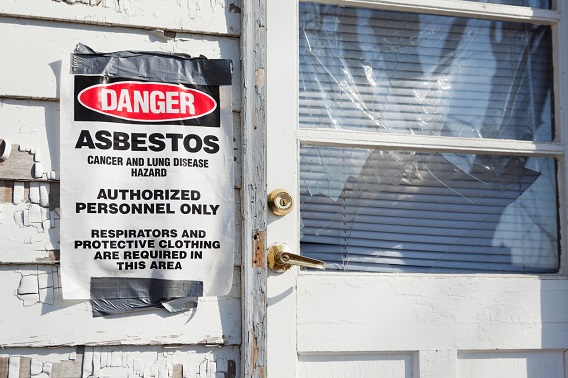
For many years, asbestos was a popular material used for the construction of homes and buildings because the mineral is resistant to electricity, heat and corrosion. It can exist in many parts of a home, including walls, pipes, insulation, cement, floor tiles, paint and roofing shingles. Homes built before the 1980s may expose homeowners and their families to the toxic mineral.
If asbestos fibers become airborne they can be ingested or inhaled, which can lead to inflammation or a number of asbestos-related diseases. Asbestos exposure is also the primary cause of mesothelioma. While asbestos is no longer used in most products, it still lingers.
We asked asbestos abatement expert and industrial hygienist Tony Rich for his input about the potential dangers of asbestos for homeowners and renters today.
Q. What are some of the most common products you find in homes today that still contain asbestos?
Asbestos was used in thousands of product applications for more than a century. The vast majority of these building materials may still be present as legacy asbestos in nearly all of our everyday places, including where we live.
Although asbestos may be found in seemingly countless materials in homes, some of the most common asbestos-containing materials I’ve encountered are:
- Caulks
- Floorings, floor tile, sheet flooring, associated flooring adhesives or mastics, etc.
- Insulation pipes, ducts, boiler, furnace, vermiculite, etc.
- Plasters
- Textured paints
- Wallboard joint-compound
- Window glazing compound
In my experience as an asbestos building inspector, the presence of asbestos in residential settings is often dependent upon the age of the structure; the older the home, the more likely asbestos can be found.
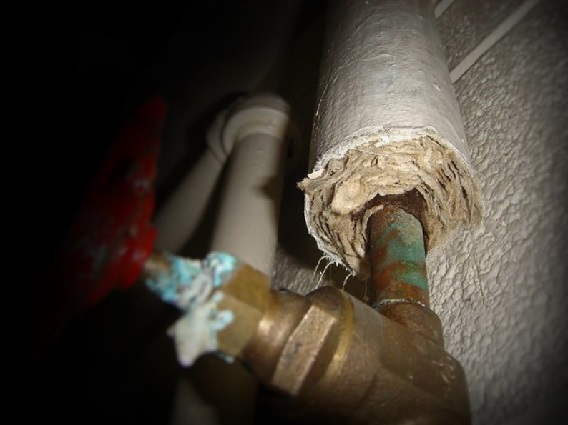
Q. Do consumers need to worry about any new products installed or placed into homes today?
Generally, it’s less likely to be found in more modern U.S. building materials, surprisingly asbestos may still be found in newer products today. In many of these cases, the presence of asbestos has generally been associated with contamination of certain raw ingredients in the products, in contrast to as an added ingredient.
Also, confounding asbestos issues further in the U.S., our nation still does not have a comprehensive asbestos ban that would prohibit all asbestos imports, all asbestos fiber types, and all cases of asbestos use. Proper legislation can help end the threat of future exposures to asbestos.
Q. What are some signs that a product contains asbestos or is made from asbestos?
Physically speaking, one of the natural characteristics of asbestos minerals is its inherent fibrous crystalline habit. Oftentimes, asbestos-containing materials may exhibit small visible fibers or bundles of fibers within the material matrix. The fibers can be notably discernable in instances where materials are damaged, revealing their fibrous composition. However, in many cases, the asbestos fibers may be microscopic in size and too small for observation without the aid of microscope instrumentation.
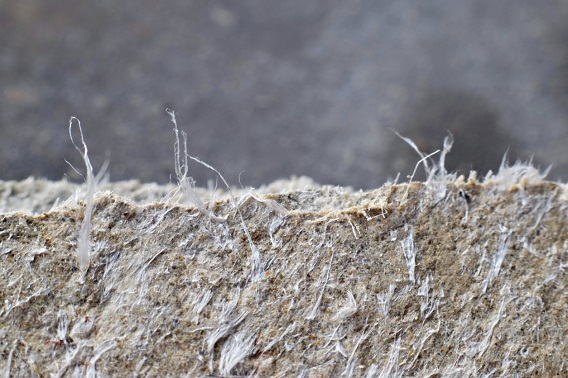
Historically speaking, certain traditional asbestos products and materials may exhibit certain “clues” about its composition based on unique features of its appearance. For example, floor tiles measuring nine inches square, are more often than not, asbestos-containing. Certain types of pipe insulation, such as “aircell” which looks like gray corrugated paper, or “magnesia” which looks white, chalky and fibrous, are additional examples of classic asbestos-containing insulations. However, as noted above, specialized laboratory microscopy methods are the accepted process for identifying the presence or absence of asbestos in a material, not based on physical appearance alone.
Q. Is there a way for homeowners and renters to know for sure if a product does contain asbestos without hiring an expert?
Only analysis using approved, specialized microscopy methods in a laboratory setting is the accepted process for identification of the presence or absence of asbestos in bulk materials. Hiring an experienced asbestos building inspector with proper training, certification and accreditation to collect bulk samples of suspect materials is the best practice for homeowners and renters when looking to find out if a material contains asbestos or not.
The experienced asbestos inspector would implement safe sampling techniques, perform a thorough assessment, appropriately catalog and document sample information, and use proper sample handling and chain-of-custody protocol. Bulk samples should be submitted to a qualified, reputable asbestos microscopy laboratory, especially when seeking reliable and legally defensible results.
Q. What should a homeowner or renter do if they suspect a product contains asbestos?
Assume the suspect material may contain asbestos and do not disturb suspect asbestos-containing materials. Hire a reputable asbestos control professional for consultation. An accredited asbestos building inspector would assuredly collect bulk samples to confirm if asbestos is present in the material. A licensed asbestos abatement contractor has the proper training and personal protective equipment to remove an asbestos-containing material safely and minimize exposure risks.
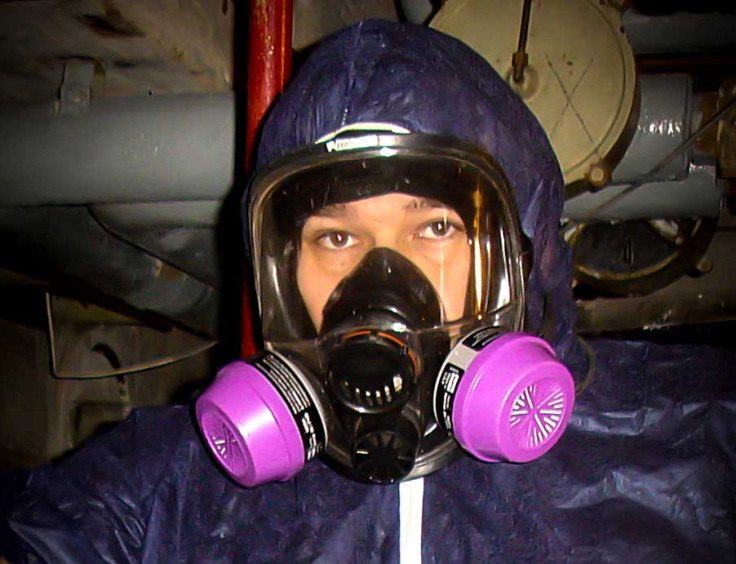
Q. Does the presence of an asbestos product in the home always need to be removed?
Asbestos-containing materials that are damaged or may become disturbed or damaged during renovation or maintenance activity are recommended to be removed by a licensed asbestos abatement contractor. In some cases, if an asbestos-containing material is in good, intact condition and won’t be disturbed or damaged, maintaining the material “in place” may be an option. For example, if asbestos-containing floor tile is present in a basement and is in good condition, other flooring can be installed over the tile.
Q. What DIY home projects should people reconsider to avoid potential asbestos exposure?
When it comes to asbestos and DIY, remember “DDIY” or “DON’T DO IT YOURSELF.” Common home renovation projects often include:
- Basement remodeling
- Improving attic insulations
- Removing textured surface finish coatings, e.g. “popcorn” ceilings, stuccos, etc.
- Repairing or removing walls and ceilings
- Updating kitchens and bathrooms
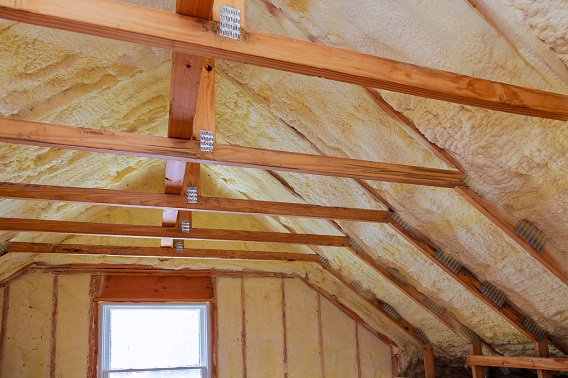
Each of these types of home improvement projects can involve a variety of materials that have been known to contain asbestos, such as multiple flooring layers, wallboard and joint compound (drywall system), plasters, textured coatings, adhesive and mastics, caulks and sealants, ceiling tile, vermiculite insulation, duct and pipe insulations, and many more.
Hire an accredited asbestos building inspector to collect bulk samples of suspect materials before renovation and hire a licensed asbestos abatement contractor to remove asbestos-containing material safely.
Q. Should a homeowner or renter ever attempt to remove asbestos themselves? Is there a safe way to do so?
It is not recommended for homeowners or renters to remove asbestos themselves. Microscopic asbestos dust can become airborne and contaminate surfaces throughout the home, as well as settle inside the HVAC duct system and various electronics. Asbestos particles can become embedded in porous contents and materials such clothing, bedding, carpet, upholstery, curtains, etc. Dry sweeping or vacuuming asbestos dust or debris can worsen contamination conditions tremendously. Asbestos abatement contractors are trained to use proper removal and cleaning methods as well as many protective measures.







